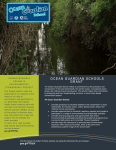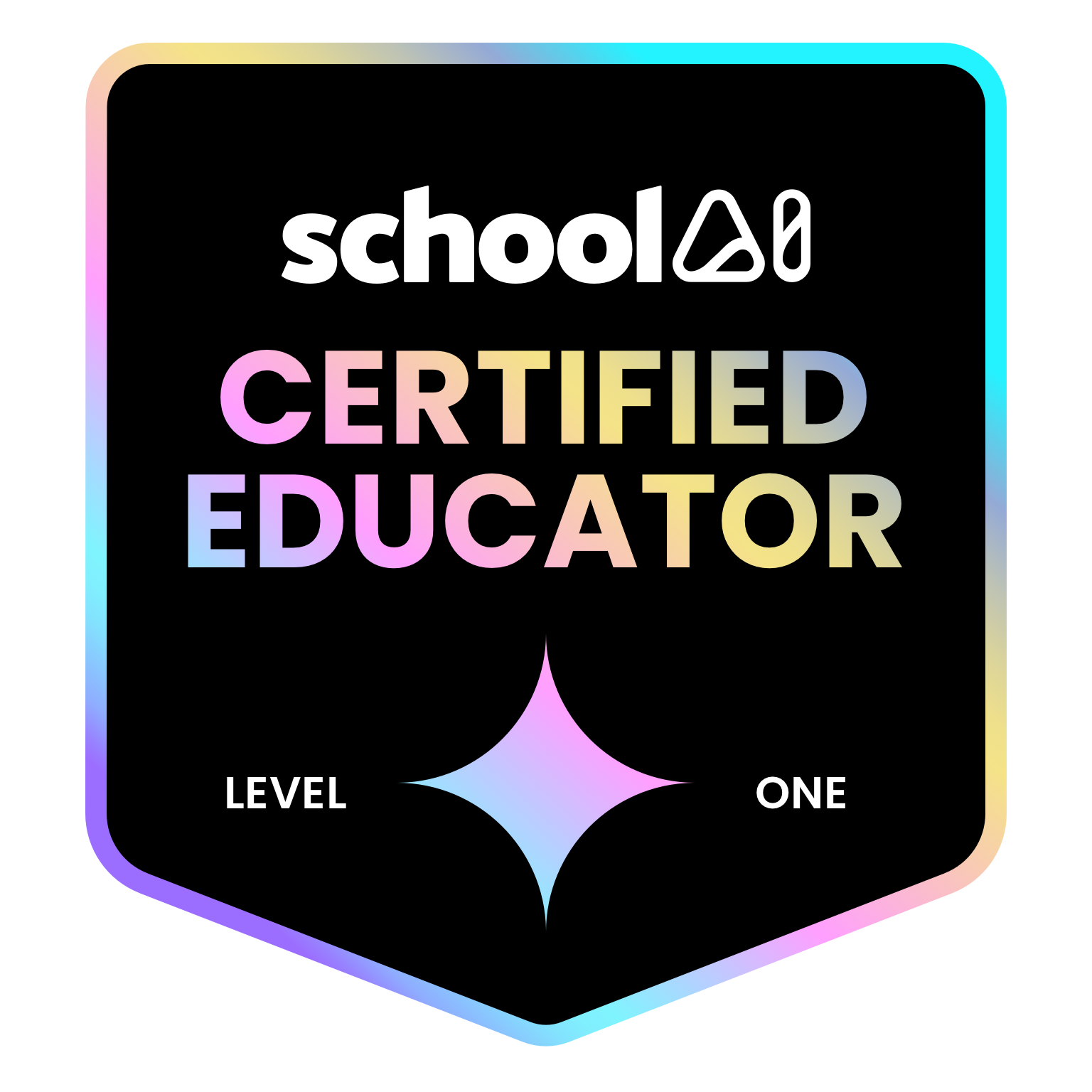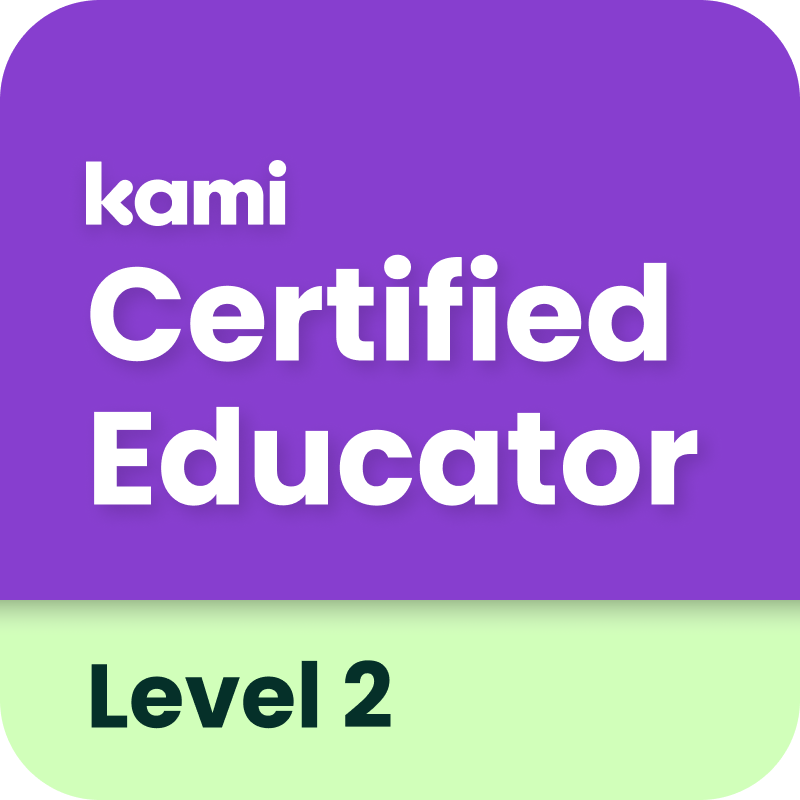The end of the year was fast approaching and it was time for me to help my kids conclude our Environmental Stewardship Project. I have been doing this project in one form or another since 1997 when I started working at my current school and saw that our town creek ran right by the campus, so it wasn’t that I needed the help of ChatGPT. This project earned the recognition of the EPA’s Presidential Award for Innovation in Environmental Education and I wanted to see what ChatGPT would suggest with this new group of students. Each year is different and dependent on several factors, the biggest factor being the kids in front of me and their specific experiences and needs with the project. So I did it. I consulted ChatGPT. I’ve been experimenting with ChatGPT since I first heard about it when it exploded on the world this past November 2022 and by December I wrote about it comparing using it to using Wolfram Alpha and I shared how I used it to plan some lessons. Since then I’ve consulted ChatGPT on and off and played around with Curipod and Midjourney (I also want to try out Propello). I see the power of AI Chatbots such as ChatGPT and also the dangers of it as I shared on my recent post about using ChatGPT like computers were used aboard the Starship Enterprise on Star Trek.
This year we started this project late because kids needed more time with their robotics projects. Because of our late start we didn’t get to as many topics as we have in previous years so when I went to adjust the guidelines for this year’s final project, I asked ChatGPT the following (click here if you can’t see the document below):
I used the following four-choice choice board to give students options for how to conclude this project (click here if you can’t view the document below):
At the bottom of the choice board Google Document, I added J Matt Miller‘s infographic on rethinking plagiarism and cheating in a world full of AI tools. As a class we used Matt’s examples to determine which ways are school appropriate and ethically sound to use AI tools. Below is a larger view of the infographic with my notes added in red (click on the image to see more of Matt’s AI resources):
In all three of my classes, students agreed that writing assignments with no help from AI was the best way to avoid any cheating. They also agreed that as learners they often have to read to learn and that includes Google searches to find websites, articles, blogs, etc. as well as textbooks and library books. So consulting the Internet or even AI to get ideas and to learn also made sense as not cheating. We also discussed properly citing sources and how to paraphrase to avoid plagiarism. That brought up the fact that all AI generated text is completely original, therefore not plagiarized. All students agreed that to use such AI generated text as one’s own is completely cheating. They even agreed that the top three examples were cheating and not appropriate for school work. The fourth one, student writing the main ideas and using AI to generate a draft was not agreed upon by all as appropriate for school but most students were comfortable using AI to provide feedback and ideas for improvement as long as they wrote the first draft. I shared that as their Science teacher, that use is appropriate and allowed in my class since it’s like peer editing or like having me provide feedback and ideas for improving.
Matt Tweeted an excellent reminder for us teachers because what we are facing with AI, we’ve faced before and we have had to adapt.
Calculators.
— Matt Miller ?? #ISTELive (@jmattmiller) December 14, 2022
Search engines.
Google Translate.
Wikipedia.
PhotoMath.#ChatGPT.
They disrupt traditional teaching.
We adapt. Education evolves forward.
Blocking them isn't the answer.
Making education more relevant is.
From the prompts I shared above, ChatGPT generated the rubric at the bottom of this document and I adapted the recommendations for a slideshow and turned into the following guidelines to help students plan their project (even though I changed a few things here and there, the document remains mostly written by ChatGPT – click here if you can’t view the document below):
Here’s the sample essay, written as an 11 year old, by ChatGPT. I read the first essay to all three of my classes as a sample essay and asked them who they thought wrote it. In all three classes students chose peers from the other two classes and no one from their own class, which I thought was interesting. And in all three classes students chose those they thought of as good writers because the essay was written so well. They were shocked when I revealed that ChatGPT wrote it and in each class at least one kid suspected. If you scroll down you will see another essay I had ChatGPT write to sound more like a kid and to include errors typical of a kid – in both instances, once we all knew it was generated by AI, we agreed that neither essay was very believable and do not sound like a real kid wrote them (click here if you can’t view the document below):
Based on ChatGPT’s original suggestions for slides, I copied all its words directly into the slideshow below. I then added photos from our shared Google Photo album for this year and I have to admit that I really like this slideshow! (Click here if you can’t view the slideshow below.)
Of my 74 5th and 6th grade students, 13 completed enough of their final project to turn in by the day before the last day of school. Here are the 13 kids who turned in their final project:
Lila A
Kenzee B
Seamus L
Jasmine S
Charley F
Corey K
Josie A (scroll down to find video)
Mason S
Bella V
Kenzie A
Devon M (scroll down to find video)
Lela R
Christian Sa.
In my reflection of this school year, I share how typical it was to get so few students completing all their work this year. It was all too common and a source of never-ending frustration to me that so few kids were able to fully complete any of our projects this year.


























































